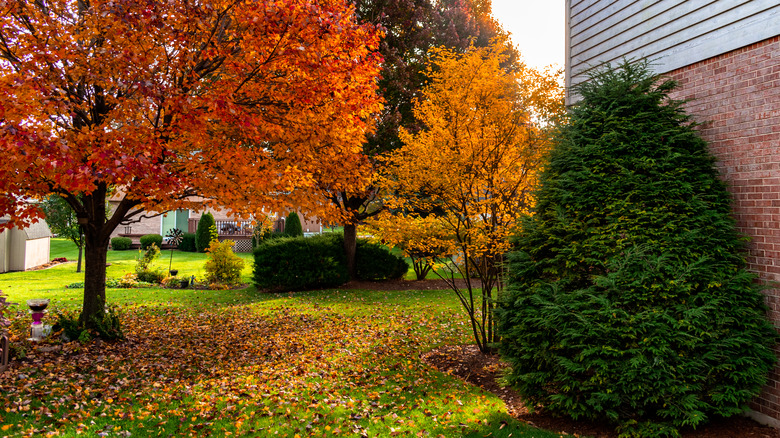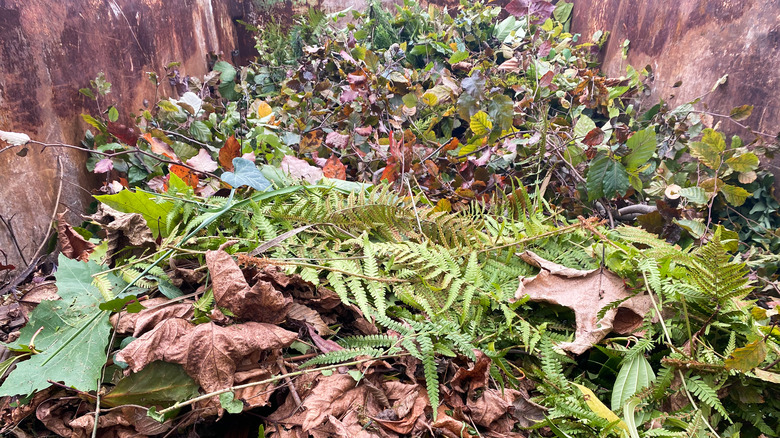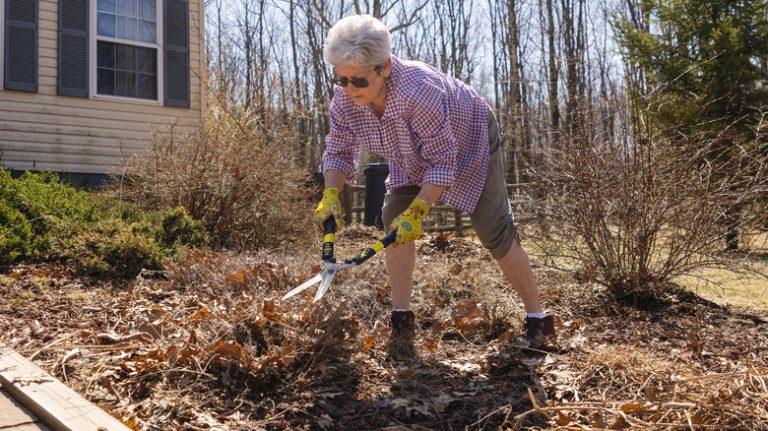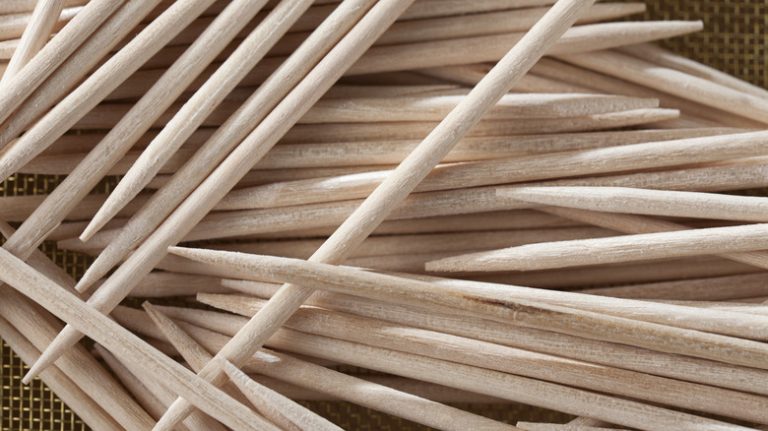What if, this fall, you didn’t have to think about raking leaves, piling up branches, and lugging all of the dead plant material out of your garden to the compost bin? If you want to attract more pollinators to your yard during the fall and into the spring months, avoid removing this organic material. All of that debris becomes a vital component of the hyperlocal ecosystem of your backyard, creating a habitat for them to hibernate and overwinter.
In fact, leaving more of the dead leaves on your lawn can actually be a good thing. The added layer of insulation not only helps protect your plants, it also creates a nice, warm space for pollinators. Those leaves, clippings from the lawn, and even the trimmings from shrubs and bushes, when properly stored in your yard, are ideal spaces for pollinators like bees, moths, butterflies, and more to survive the winter months. That’s going to contribute to a healthy garden for the next year.
How to create a habitat for pollinators this fall

Though you may dread having to clean the backyard of fallen leaves and branches, instead of bagging and tying yard debris for refuse pickup, create a habitat for pollinators in your yard. You can even keep some of the leaves where they fall, including in your flowerbeds and garden areas.
While a thick pile of leaves will damage the lawn, it’s a common misconception that any leaves left on the ground will ruin your grass. Aim to leave about 20% of the lawn covered with leaves instead. You aren’t likely to have any damage, and you will provide a vital habitat for these critters. If you don’t want to allow debris to remain on your lawn over the winter months, consider raking the leaves into sheltered areas, such as along a fence or under a tree overhang.
When you do this, a space for pollinators remains protected during the cold months. It’s true that some birds and butterflies will migrate, but far more will remain present in the area through the winter. Even the bees that are so critical to supporting your flower blooms in the summer and helping to get your garden to fruit will hide in fallen leaves, branches, trimmed shrubs, and any other organic material.
Plant debris shelters a wide variety of pollinators

Pollinators are numerous, and each needs a different type of habitat going into the winter months. Solitary bees often seek shelter in hollow stems or burrow into the ground to survive the cold. Butterflies and moths love garden debris, typically overwintering in their larval state. Piles of leaves work much like straw or hay does, holding in dry air to create protection against the cold and snow. Hoverflies dig into the soil for shelter, and dry leaves can help to provide valuable insulation. Ladybugs also thrive under the leaves, using rocks or other hard materials to provide protection.
Don’t overlook the value fallen leaves and debris provide for other types of pollinators, including wasps, midges, and ants. These critters play a valuable role in helping to support the development of flowers, vegetables, and fruit. Some birds will use this organic material as shelter from freezing temperatures, too.
Leaves and other organic material also work as excellent insulators to protect fragile plants and root systems close to the surface throughout the winter, which indirectly supports the health of pollinators by ensuring these plants survive. When spring rolls around, you can easily clean up the material and watch your plants and local pollinators reemerge with a vigor they may not have had otherwise.



